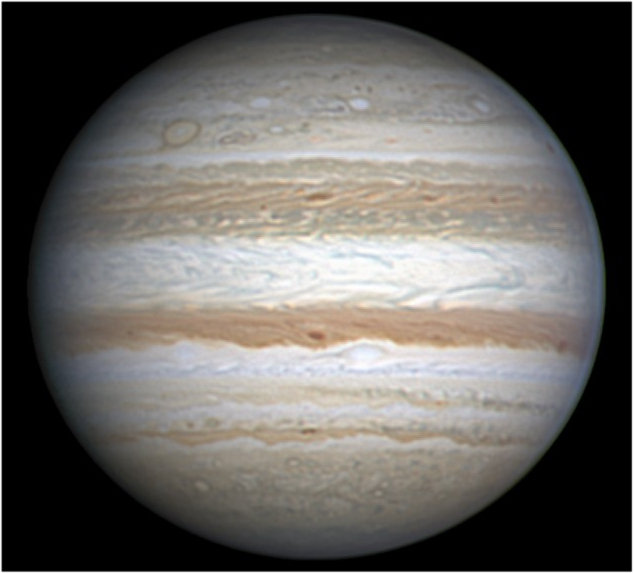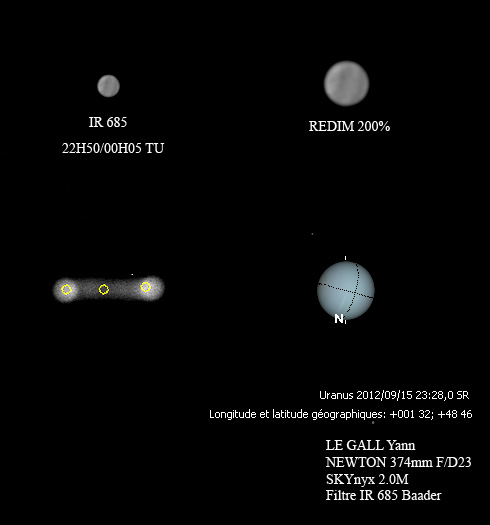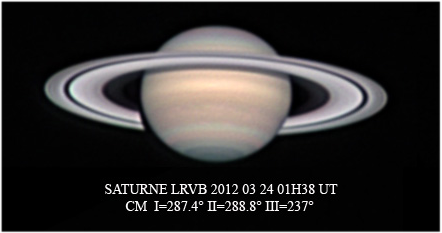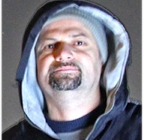Many instruments can be used to image planets. This week I’m portraying observer Yann Le Gall, who is making splendid images with large dobsonian on an equatorial platform !
Browse Yann’s homepage here!
Astrophotographie au dobson
Hello Yann! Can you tell us about you and your activity in astronomy?
I was born in Paris and I grew up in the parisian region.
After a few years as a seasonal worker in the mountains, I’m now working in Ile de France as a steeplejack. My first souvenir in astronomy goes back to my childhood but after a few beginning observations with binoculars and naked eye, I gave it up for a few years until the age of 23, when I visited a shop where I bought a book about amateur astronomy. Then it really started ;). I’m using my telescope when possible since ten years now.
My first idea when I wanted to ask you some questions is the particularity of the telescope you are using for planetary imaging. Can you say a few words about it ?
Indeed, these past years, after having used a C11 for imaging, I bought a 15″ (380 mm) dobsonian. First it was to make quality visual observation in the mountain where the sky was highly transparent. But the need for imaging was still there and I felt the desire to use this large diameter for photography as well! Some others succeeded in getting good images before me by using an equatorial platform, so this has been my choice as well.
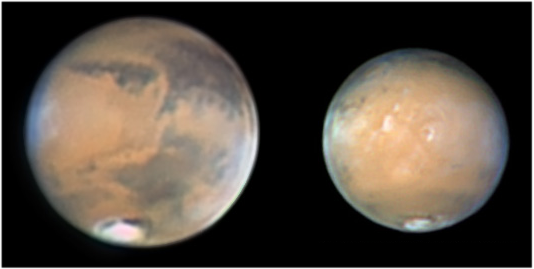
I must have chosen the best platform currently available, a Tom Osypowski, that allows tracking on both axis, this being quite comfortable to image under good conditions. This system works just like a classical German equatorial mount, except that you need to reset it every 80 mn (this takes you a few seconds only). The telescope itself is a 380 mm F/4,3 newtonian with an obstruction of 22%. The excellent optics were figured by Jean-Marc Lecleire. For planetary imaging, most of the time I use a Powermate 5x to reach correct sampling.
The Dobson itself is a Skyvision, very well built especially the cell. The quality is not to be neglected; at first for budget issues I had bought a cheaper instrument but the mechanics were not up to the task… and the excellent primary was not able to work at its full possibility (astigmatism, weak collimation…)
I must say that with this telescope you made images of really superb quality. But the instrument is not everything and I’d like to ask you how did you get to this skill?
As time goes by experience sets in and you learn from your errors. Moreover with the web, access to softwares and information is easy. Observers do not hesitate to share their knowledges as well on blogs or forums, you can find some excellent books about astrophotography…
With persistence and by following the rules you have learned (cooling of the tube, collimation, sampling…), if atmospheric conditions are good, the images will be too.
Jupiter on September 11th, 2011.
Do you have some special projects in astronomy?
Because of a strong light pollution at my observing site, I will certainly make less deep-sky imaging and try to invest planetary imaging more and more.
I will follow the approach I learned when I began at “planètes SAF“: making photos that are both realistic and nice to look at!
I like what you say, images “realistic and aesthetic at the same time”, this is exactly the spirit we try to promote at the SAF commission. On my side I think that a pretty picture is a picture that respects as well the physical reality of the objects, both at the same time. Anyway I strongly recommend that observers get inspired from your work.
I’m also interesting in trying more exotic observations, like the thermal signal of the venusian surface, Uranus’rings, details on Neptune…. I may not succeed in everything but that was to show how many projects there can be!
Infrared imaging of Uranus in September, 2012. The image shows clearly the equatorial and polar belts. Yann has been one of the first imager to get that in 2012.
Indeed planetary imaging truly has a great potential in the near future, I try to talk about it on this blog because it is really motivating. No doubt that you can be successful with your “exotic projects” as we can see your images are really superb. Thank you Yann and good luck for your next observations!
I need to thank you as well for your excellent work in planetary imaging, your blog is full of ressources to get good images and to understand better what we can see on the planets.
Below an LRGB image of Saturn.


